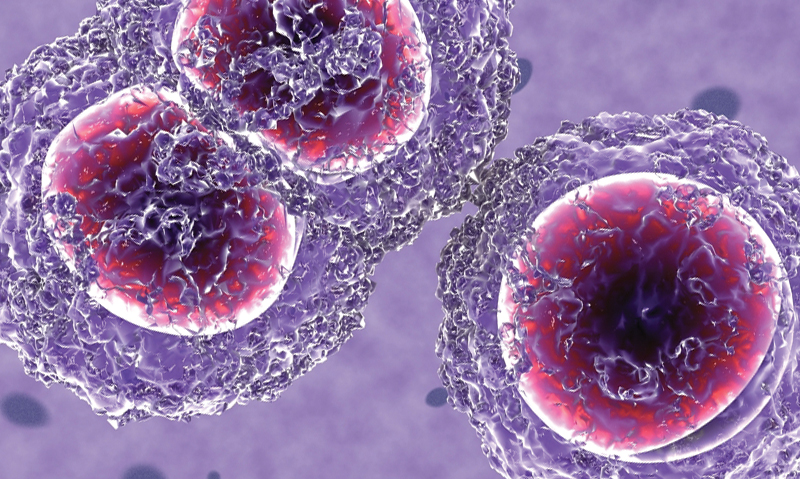GOOD news from the US on declining rates of invasive methicillin-resistant Staphylococcus aureus infections has led Australian experts to call for the emphasis in infection control to shift to the more dangerous threat of gram-negative bacteria.
The US research, published in JAMA Internal Medicine, reported a 27.7% decrease in health care-associated community methicillin-resistant Staphylococcus aureus (MRSA) infections in the US between 2005 and 2011, with hospital-onset infections down by 54.2% and community-associated infections by 5.0%. (1)
Associate Professor Tom Gottlieb, a senior specialist at Concord Hospital, Sydney, and lecturer in microbiology and infectious diseases at the University of Sydney, said the news from the US was good and translatable to Australia.
“In the US they are showing the benefits of improved infection control measures and hand hygiene”, Professor Gottlieb told MJA InSight. “That’s being replicated here — the message is out there and MRSA infections are slowing. That’s heartening.”
But, he said, bigger threats than MRSA needed more attention nationally.
“We’ve lived with MRSA for 40 or 50 years now and we’re getting some good controls in place and even though there are still entrenched habits, they are not difficult to tackle”, Professor Gottlieb said.
“Gram-negative bacteria — Escherichia coli, salmonella, Shigella, Helicobacter, etc — are much harder to deal with. They are more pervasive than MRSA and their rate of colonisation is much higher.
“And we don’t have many antibiotics up our sleeve to deal with [the resistant strains], particularly those coming from the Indian subcontinent.”
Professor Gottlieb said the change in the federal government had left this area of public health in limbo.
“I hope the incoming government sees it as an issue”, he said. “We were starting to get through to the last government and there was some money in the last Budget, but we’ll just have to wait and see.
“The focus shouldn’t be MRSA. We need a national approach, a national oversight on the issue of antibiotic resistance.”
The release last week of the Centers for Disease Control’s report on antibiotic resistance threats in the US makes it clear that MRSA is not the major player in 2013. (2)
The report names three threats of an urgent nature — Clostridium difficile, carbapenem-resistant enterobacteriaceae (eg, E. coli) and drug-resistant Neisseria gonorrhoeae.
Professor Tom Riley, from the school of pathology and laboratory medicine at the University of WA, was blunt in his assessment of the relative threat faced from MRSA.
“It’s about time we in Australia got over our fixation with MRSA and looked at some of the other, now more important, organisms such as Clostridium difficile”, he told MJA InSight.
Professor Gottlieb said that while GPs played a central role in improving infection control, hand hygiene and prudent antibiotic use within the community, the key was educating medical and nursing students early.
“By the time you get to be a GP you are very set in your thinking”, he said. “We need to target the students, make it a set part of the curricula.”
A second study in the same issue of JAMA Internal Medicine found that proximity to crops fertilised with swine manure and to livestock operations were associated with MRSA and skin and soft-tissue infection. (3)
An accompanying editorial said both studies highlighted the fact that MRSA “remains a major cause of health care-associated and, more recently, community-acquired infections”. (4)
1. JAMA Intern Med 2013: Online 16 September
2. US Department of Health and Human Services 2013; Antibiotic resistance threats in the United States
3. JAMA Intern Med 2013: Online 16 September
4. JAMA Intern Med 2013: Online 16 September

 more_vert
more_vert
maybe the threat is from without rather than within. As per ABC news, unregulated antibiotics in China and possibly, globally . Plus lack of research incentive. How about develop our own super-antibiotic,with super authority for local use only?